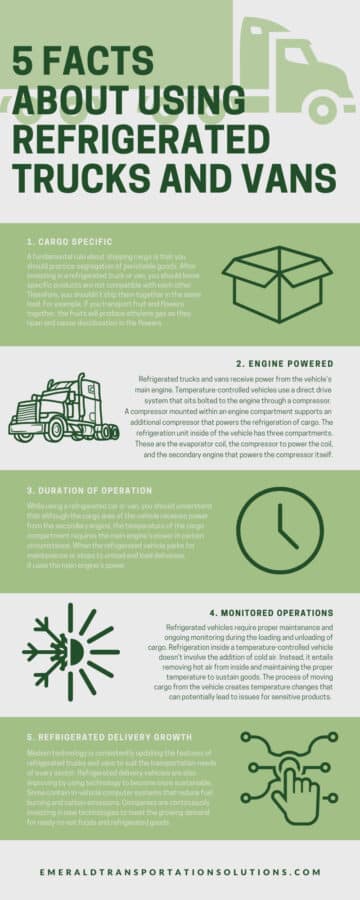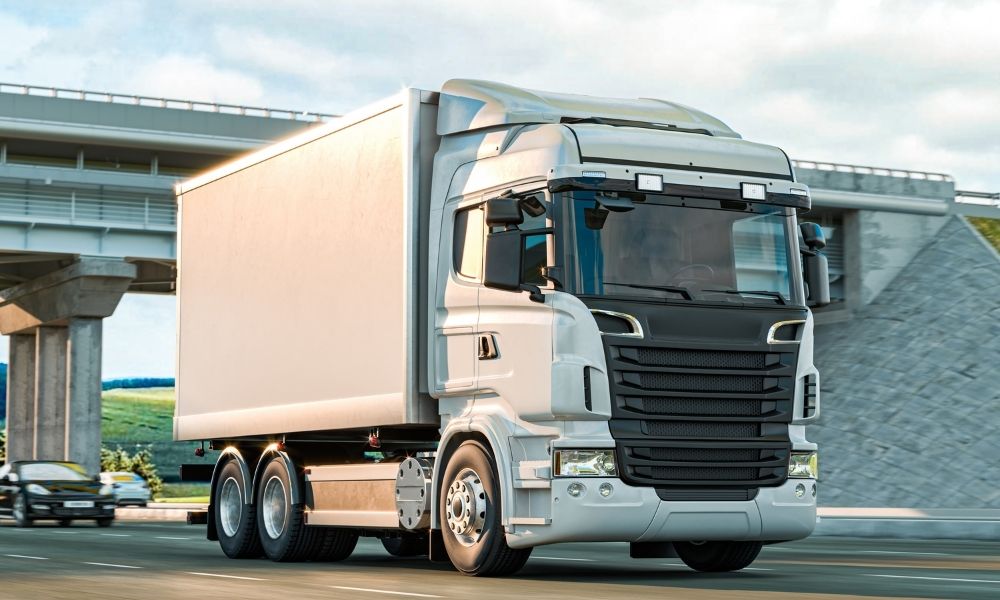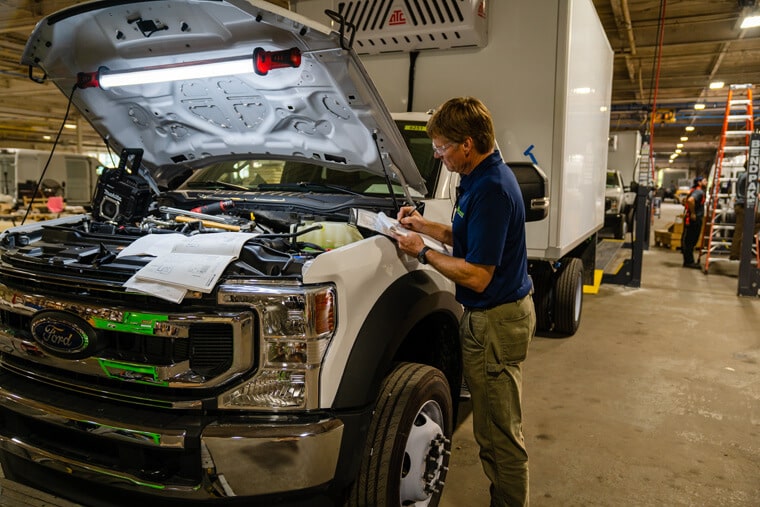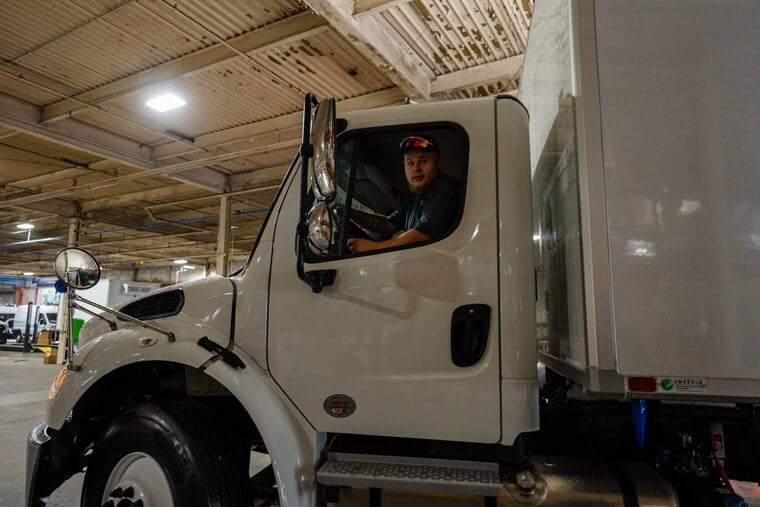
5 Facts About Using Refrigerated Trucks and Vans
Joe Dickman | May 17th, 2022
The invention of commercial refrigerated trucks revolutionized the transportation process of materials. Temperature-controlled vehicles are the best for transporting a variety of perishable goods. While companies regularly ship refrigerated foods via temperature-controlled vehicles, there are many industries that rely on refrigerated transportation besides the food industry. Pharmaceuticals, hazardous chemicals, bulk liquids, candles, and paint also often need temperature control during transport. Using a refrigerated vehicle allows you to adjust the temperature of the cargo compartment and preserves goods from spoilage. Refrigerated trucks and vans have built-in freezers or refrigerators that operate seamlessly with the vehicles’ charging systems.
Many businesses rely on refrigerated transportation to maximize their operations. As a result, there are specific types of refrigerated trucks and vans to suit different shipping requirements when transporting goods across far distances. A high-quality refrigerated truck or van is essential for completing many jobs in a delivery fleet, and temperature-sensitive vehicles don’t only come in the form of refrigerated trucks and vans, either. Variables like payload size, budget, and temperature requirements also play important roles when using such a vehicle. Explore five facts about using refrigerated trucks and vans and how their function preserves goods and optimizes production in a supply chain.
1. Cargo Specific
A fundamental rule about shipping cargo is that you should practice segregation of perishable goods. After investing in a refrigerated truck or van, you should know specific products are not compatible with each other. Therefore, you shouldn’t ship them together in the same load. For example, if you transport fruit and flowers together, the fruits will produce ethylene gas as they ripen and cause discoloration in the flowers.
When storing perishable food products, you must properly store them to prevent cross-contamination. Cross-contamination refers to the transfer of disease-causing microorganisms from one food to another. These can result in foodborne illnesses. Cross-contamination mostly occurs when bacteria from raw food contaminate products that don’t require cooking. If the budget you’re using for refrigerated transportation permits it, it’s ideal to have separate refrigeration units for raw and ready-to-eat foods. Transportation segregation is more vital when transporting hazardous materials prone to chemical reactions. Practicing cargo segregation helps prevent cross-contamination of goods inside the refrigerated vehicle. Carry out proper segregation of your vehicle’s cargo by spacing incompatible goods from each other to avoid interaction and potential damage.
2. Engine Powered
Refrigerated trucks and vans receive power from the vehicle’s main engine. Temperature-controlled vehicles use a direct drive system that sits bolted to the engine through a compressor. A compressor mounted within an engine compartment supports an additional compressor that powers the refrigeration of cargo. The refrigeration unit inside of the vehicle has three compartments. These are the evaporator coil, the compressor to power the coil, and the secondary engine that powers the compressor itself.
An engine-driven refrigeration system is a secondary engine to power the temperature-controlling features of the vehicle. When using refrigerated vehicles, you must consider the vehicles’ manufacturer to ensure the vehicles’ engines are compatible with the secondary power units. It’s also essential to have routine mechanical inspections to resolve operational issues between the vehicle’s engine and compressor.
3. Duration of Operation
While using a refrigerated car or van, you should understand that although the cargo area of the vehicle receives power from the secondary engine, the temperature of the cargo compartment requires the main engine’s power in certain circumstance. When the refrigerated vehicle parks for maintenance or stops to unload and load deliveries, it uses the main engine’s power.
Before using a refrigerated vehicle on the road, be sure to evaluate its power needs to determine if it requires additional energy for sufficient temperature control on the road. If successful operation involves mostly continuous driving, your vehicle’s main engine should be sufficient to power the refrigeration of the cargo area. If your operation involves frequent stops or stand-by deliveries for extended periods, your vehicle requires a separate generator to supply ongoing power for the refrigeration system.
4. Monitored Operations
Refrigerated vehicles require proper maintenance and ongoing monitoring during the loading and unloading of cargo. Refrigeration inside a temperature-controlled vehicle doesn’t involve the addition of cold air. Instead, it entails removing hot air from inside and maintaining the proper temperature to sustain goods. The process of moving cargo from the vehicle creates temperature changes that can potentially lead to issues for sensitive products. Consequently, it’s crucial to record the changes in air and temperature during the loading processes to prevent damaged goods.
Monitoring the daily operations of your refrigerated vehicle also means inspecting the cargo area for distinct odors or premature damages to the inside of the vehicle. Furthermore, inspections of refrigerated vehicles are the perfect times to perform thorough cleanings of the cargo area between loading and unloading goods. Refrigerated trucks and vans are more complex than standard transportation vehicles due to their distinct features and temperature-sensitive shipments. Using refrigerated trucks and vans requires more diligent maintenance than standard vehicles to prevent degradation of the insulated cargo box and corrosion. Operating a refrigerated vehicle that serves as a food truck requires sanitary procedures. These allow you to avoid cross-contamination of perishable goods stored in the same load.
5. Refrigerated Delivery Growth
Another fact about using refrigerated trucks and vans is that using them is an investment in a growing market. The refrigerated transportation method is advancing rapidly. Refrigeration in other forms of transportation like planes and boats are also evolving to optimize temperature-controlled shipment of goods. However, refrigerated land transportation is still the primary method for shipping cargo, as nearly every industry requires temperature-sensitive goods in some way.
Modern technology is consistently updating the features of refrigerated trucks and vans to suit the transportation needs of every sector. Refrigerated delivery vehicles are also improving by using technology to become more sustainable. Some contain in-vehicle computer systems that reduce fuel burning and carbon emissions. Companies are continuously investing in new technologies to meet the growing demand for ready-to-eat foods and refrigerated goods. Using refrigerated vehicles continues to propel suppliers to upgrade refrigerated units with multi-temperature systems, cloud computing, and solar-powered systems.
Failure to use refrigerated trucks and vans can cost your business time, money, and valuable resources. Obtaining high-quality insulated vehicles is a critical first step to benefiting from refrigerated transportation. Emerald Transportation Solutions is your one-stop shop for all your refrigerated delivery vehicle needs. Explore our broad selection of insulated trucks and vans to optimize your perishable goods transportation process.
Related Articles
Contact Us
Feel Free To Contact Us If You Have Any Questions
What does under DOT mean?
Questions regarding DOT requirements come up often. 10,000 lbs GVW (gross vehicle weight) and over are commercial vehicles that fall under the Department of Transportation regulatory requirements.
What is the difference between GVW and payload?
GVW or Gross Vehicle Weight is the entire weight of the vehicle including the payload. The payload weight represents the amount of cargo you are hauling.
What is a self-powered unit and a vehicle-powered unit?
A self-powered unit has its own fuel source and will run independent of the truck. This is the heaviest and most expensive option. While vehicle-powered units run off the engine via a compressor mounted on the engine. These are less expensive and lighter in weight but you must run the truck or plug the electric standby into shore power.
What does K-factor mean and why is that important?
K-factor is a term that stands for the overall insulating value of the container (truck body). Quite simply the lower the K-factor the better the truck body will be able to maintain a given temperature and require less energy to do so.
How much lighter is a Poly Van vs a US spec body?
Poly Van bodies are very light. On average we estimate we are 75-150 lbs per foot lighter than a traditional sheet and post foamed in place body. These weight savings translates to less fuel burn and less CO2 emissions, along with added payload, the most important benefit.







